Why Structuring Content for ChatGPT Matters?
As AI becomes the new front door to the web, the way content is written and presented needs to evolve. Google’s Search Generative Experience (SGE), Bing Copilot, and AI assistants like ChatGPT are increasingly shaping how users discover and interact with content.
Optimizing for traditional search engines is no longer enough—today’s digital marketer or SEO professional must also think about visibility in AI-driven environments.
This guide will teach you how to structure your content not just for humans and search engines, but for language models like ChatGPT.
Whether you’re drafting service pages, blog articles, or product guides, following these techniques can enhance visibility, comprehension, and user engagement—both in search and when your content is pulled or summarized by LLMs.
What is ChatGPT Visibility?
ChatGPT Visibility refers to how well your content is understood, retrieved, and utilized by large language models (LLMs) like ChatGPT when responding to user queries. Just as traditional SEO focuses on optimizing content for search engine algorithms, ChatGPT Visibility focuses on optimizing for natural language processing (NLP) systems that power AI tools.
When someone asks ChatGPT a question, the model draws from a combination of its trained knowledge and the ability to match language patterns from indexed or referenced content. Content that is clearly structured, explicitly written, and semantically organized has a much higher chance of being surfaced, quoted, or paraphrased in the AI’s response.
Several key factors influence ChatGPT Visibility:
1. Content Structure
Content that is formatted with proper headers, bullet points, and logical sections is easier for LLMs to parse. For example, breaking information into <h2>, <h3>, or bullet lists allows the model to quickly identify relevant segments to draw from.
2. Clarity in Answering Questions
ChatGPT prioritizes content that provides concise, direct, and complete answers to common or niche questions. If your blog clearly answers a “how,” “why,” or “what” question in the first few paragraphs, it’s more likely to be considered relevant and returned in AI-generated summaries or answers.
3. Intent Matching
Content that matches the user’s query intent—whether informational, transactional, or navigational—is favored. For example, if a user asks “how to write product descriptions for SEO,” and your content explicitly addresses that scenario step-by-step, it increases your likelihood of being quoted or paraphrased.
4. Semantic Grouping and Chunking
LLMs like ChatGPT break down and interpret language in “chunks” of meaning. Grouping related information under appropriate subheadings, using topic clusters, and keeping paragraphs short and coherent improves the model’s ability to understand and retrieve specific ideas.
5. Unambiguous Language and Labeling
Avoid vague or overly creative phrasing that can confuse both readers and AI. Instead, use clear, descriptive labels, especially for sections, FAQs, and step-by-step processes. LLMs respond best to content that is explicit and directive in tone, echoing the principles used in prompt engineering.
Why It Matters
In the same way that SEO helps pages rank higher in Google or Bing, “LLM optimization” helps ensure your content is more likely to be:
- Referenced or quoted verbatim in ChatGPT responses
- Summarized or included in AI-generated answers (especially in tools like Google SGE or Bing Copilot)
- Used as training material in fine-tuned enterprise or plugin versions of LLMs
The future of content visibility doesn’t belong to just search rankings—it includes how well your information shows up in AI conversations. Structuring and writing your content with this in mind ensures your brand, expertise, and insights are not just findable, but conversationally accessible through AI.
Must Read- 10 Must-Try AI Content Creators To Boost Your Productivity
The Key Principles for Structuring Content for ChatGPT and SEO
1. Use of Clear Headers and Subheaders (H1, H2, H3)
Why it matters: ChatGPT parses content much like a structured document—headers help it understand topical sections.
Best Practices:
- Only one
H1tag per page (usually the title) - Use
H2tags for major sections andH3/H4for supporting subpoints - Ensure each heading is descriptive, keyword-rich, and focused on user intent
<h2>Benefits of Local SEO for Small Businesses</h2>
<h3>Improved Google Maps Rankings</h3>
<h3>Higher Foot Traffic from Nearby Searches</h3>
Tip: Headings act like waypoints for ChatGPT to chunk and recall relevant data. Clear H2s make your answers quotable.
2. Incorporate Structured Data, Lists, and Bullet Points
Why it matters: LLMs love lists—they’re easier to parse, recall, and reframe in summaries or Q&A formats.
Use cases:
- Bullet points for benefits, tools, pros/cons
- Numbered lists for steps or ordered instructions
- Tables for comparisons or technical specs
Example:
Top Tools for SEO Optimization
- Ahrefs
- SEMrush
- SurferSEO
- Screaming Frog
OpenAI Prompt Engineering Insight: According to OpenAI’s guidelines, “models perform better when answers are framed with clearly structured examples or steps.” Lists aid in this process by adding logic and predictability.
3. Clarity and Explicit Instructions
LLMs don’t guess well—they rely on clear and explicit instructions.
Avoid:
“You should probably use keywords.”
Use:
“Insert your primary keyword in the page title, the first 100 words of your content, and at least one H2 subheading.”
Why?
OpenAI research shows models perform best when instructions are specific and directive. This mirrors SEO guidelines from Yoast, Google, and Surfer.
4. Chunking and Semantic Grouping
Definition: Chunking breaks information into digestible blocks. Semantic grouping organizes content by meaning or topic.
How to apply it:
- Break paragraphs every 2–4 lines
- Use thematic sections (don’t mix unrelated ideas)
- Start sections with a summary sentence
- Add visual spacing and headlines
Example:
Semantic SEO vs Traditional SEO
Semantic SEO focuses on topic clusters and contextual meaning, while traditional SEO centers around exact keyword matching.
LLMs like ChatGPT generate content using context windows. Chunked, coherent sections are more likely to be retained and referenced.
5. Provide Examples, Scenarios, and Personas
Context makes content memorable—for both readers and models.
Examples:
Instead of “Write better titles”, use:
“For example, instead of ‘Home Plumbing,’ use ‘Emergency Plumbing Services in Honolulu – 24/7 Availability.’”
Use personas to match user intent:
“As a digital marketer at a mid-sized agency, you need structured content that converts.”
LLMs often hallucinate when they lack specific scenarios. Providing examples grounds the AI in real-world applications.
6. Use Delimiters and Chain-of-Thought Structuring
Chain-of-thought prompting is a technique from prompt engineering where each step of a process is broken down logically.
How to apply this to content:
- Write step-by-step processes
- Use phrases like: “First… Then… Next… Finally…”
Delimiters (like ###, ---, """, etc.) help separate ideas.
Example:
How to Optimize a Local Landing Page for SEO
- Keyword Research – Use tools like Ahrefs to find city-specific keywords.
- On-Page Optimization – Add city name to H1, title, meta, and image alt tags.
- Content Localization – Mention local landmarks, neighborhoods, and services.
- Add Local Schema – Use LocalBusiness structured data markup.
- Build Local Links – Reach out to local blogs, business directories, and chamber websites.
LLM-Friendly SEO Techniques: Where AI Meets Optimization
To maximize content visibility in both search engines and AI tools, blend SEO with LLM-specific cues.
| Strategy | SEO Benefit | ChatGPT Visibility Boost |
|---|---|---|
| Keyword in H1 + Title | Improves page rankings | Signals topical relevance |
| Meta Description Optimization | Higher CTR in search results | Clear summaries aid LLM relevance |
| Anchor Text and Interlinking | Boosts crawlability and UX | Improves associative recall in LLMs |
| Long-Tail Keyword Usage | Captures niche searches | Matches specific prompt phrasing |
| FAQ Schema | Rich snippets + direct answers | Prepares data for question formats |
Must Read- How to Avoid Duplicate Content Issues with AI-Written Text
Ready to Optimize for ChatGPT and Google?
As content discovery shifts toward AI-generated search and chat-driven browsing, structuring your content for ChatGPT visibility is not a futuristic trend—it’s a current necessity.
By aligning your content with LLM-friendly formats—clear headings, chunked insights, explicit instructions, semantic organization, and real-world examples—you position your brand to be both found in search and quoted by AI.
At 1Solutions, we specialize in SEO content strategy that ranks in Google and resonates with AI models. Whether you’re optimizing a service page or creating content that’s AI-ready, we can help you get there.
Contact us now for a free content strategy consultation.
















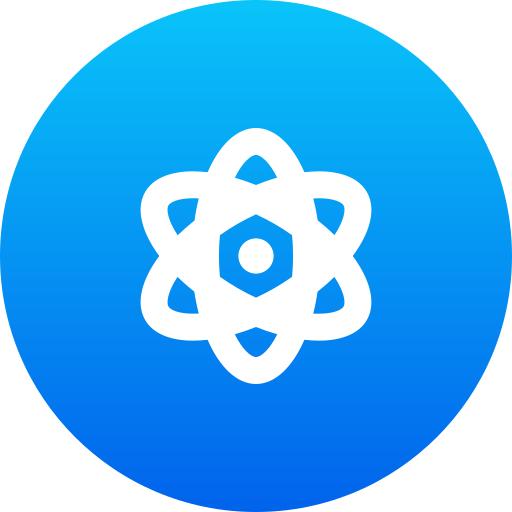


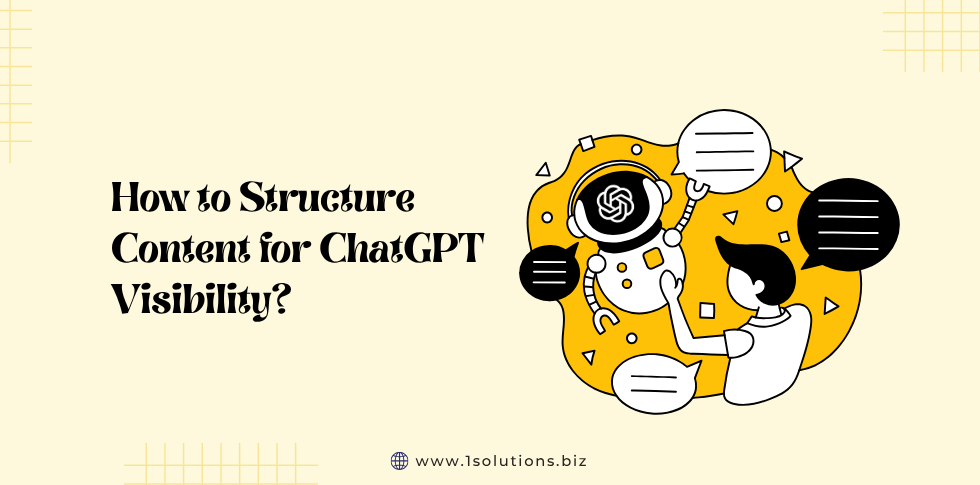
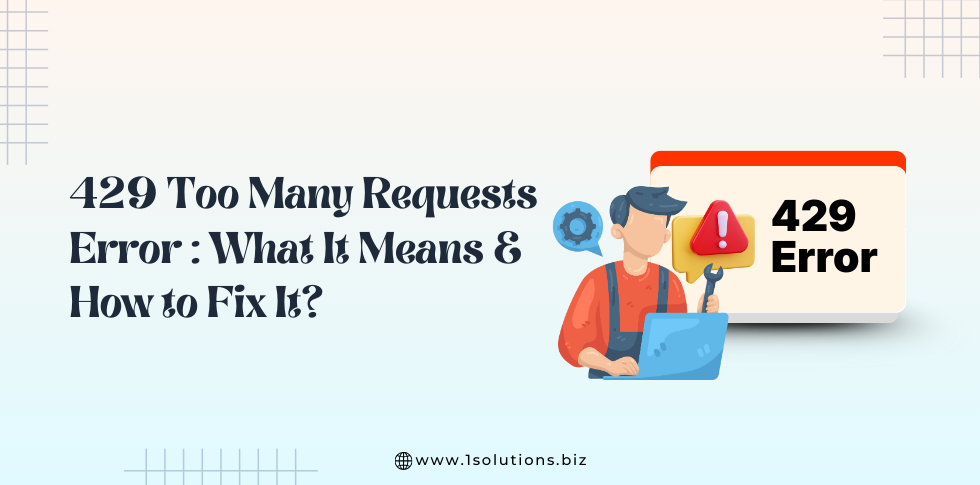
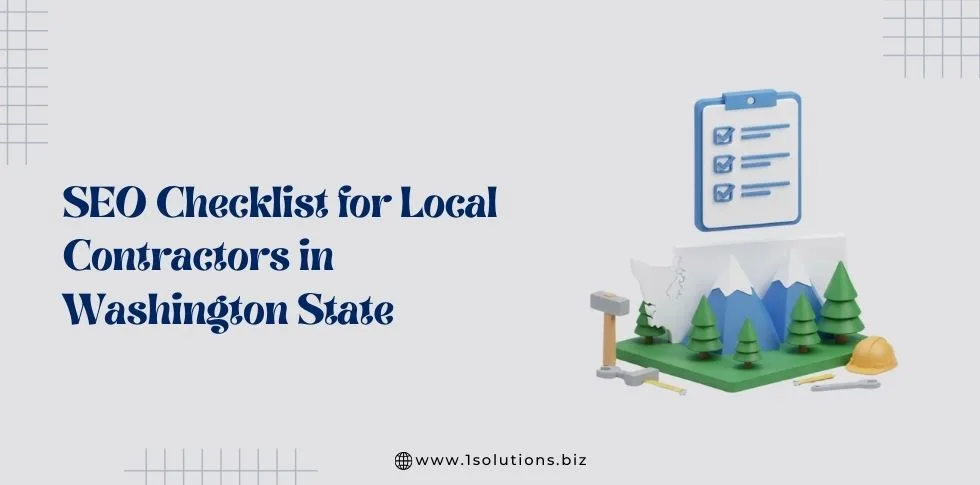
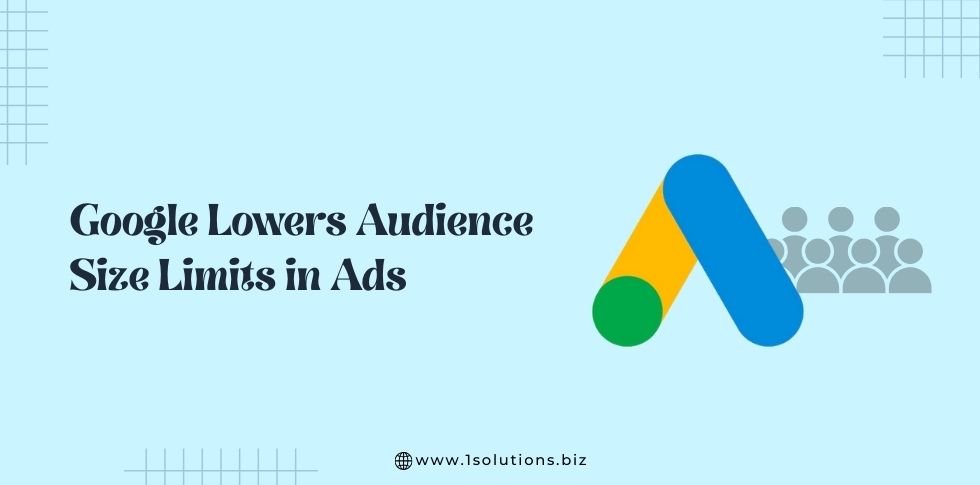

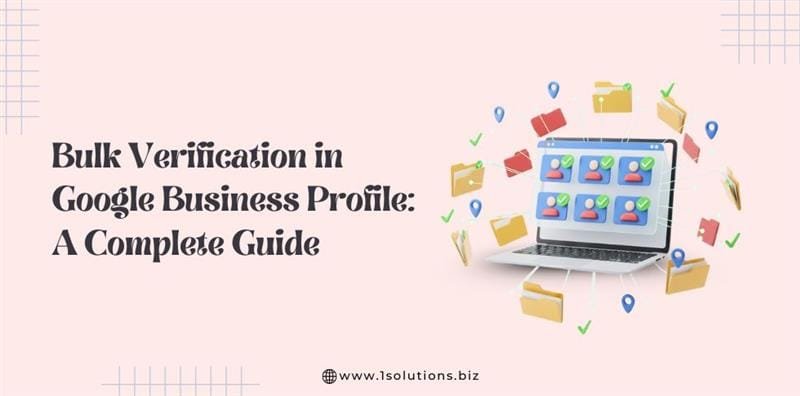
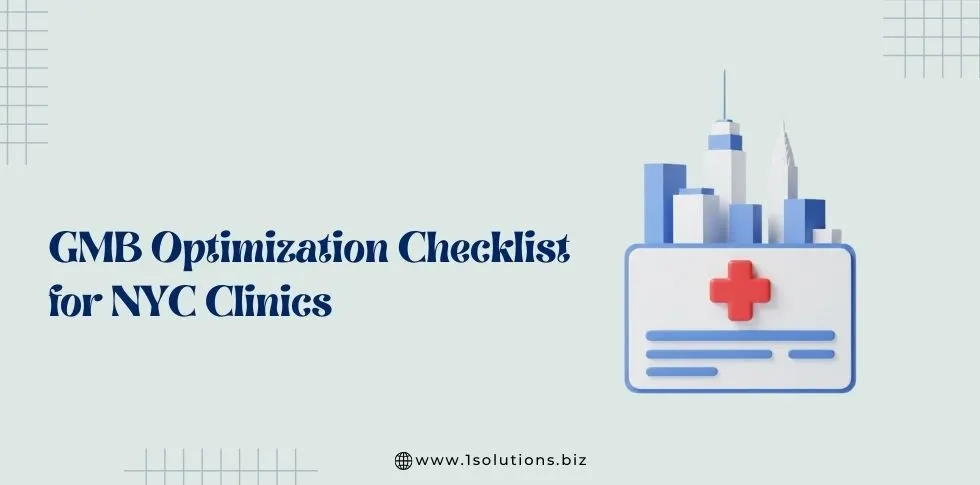
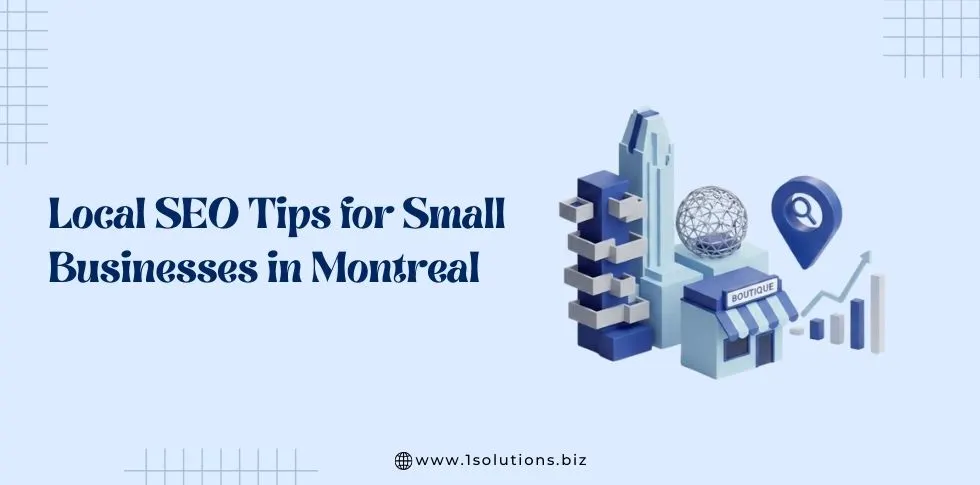
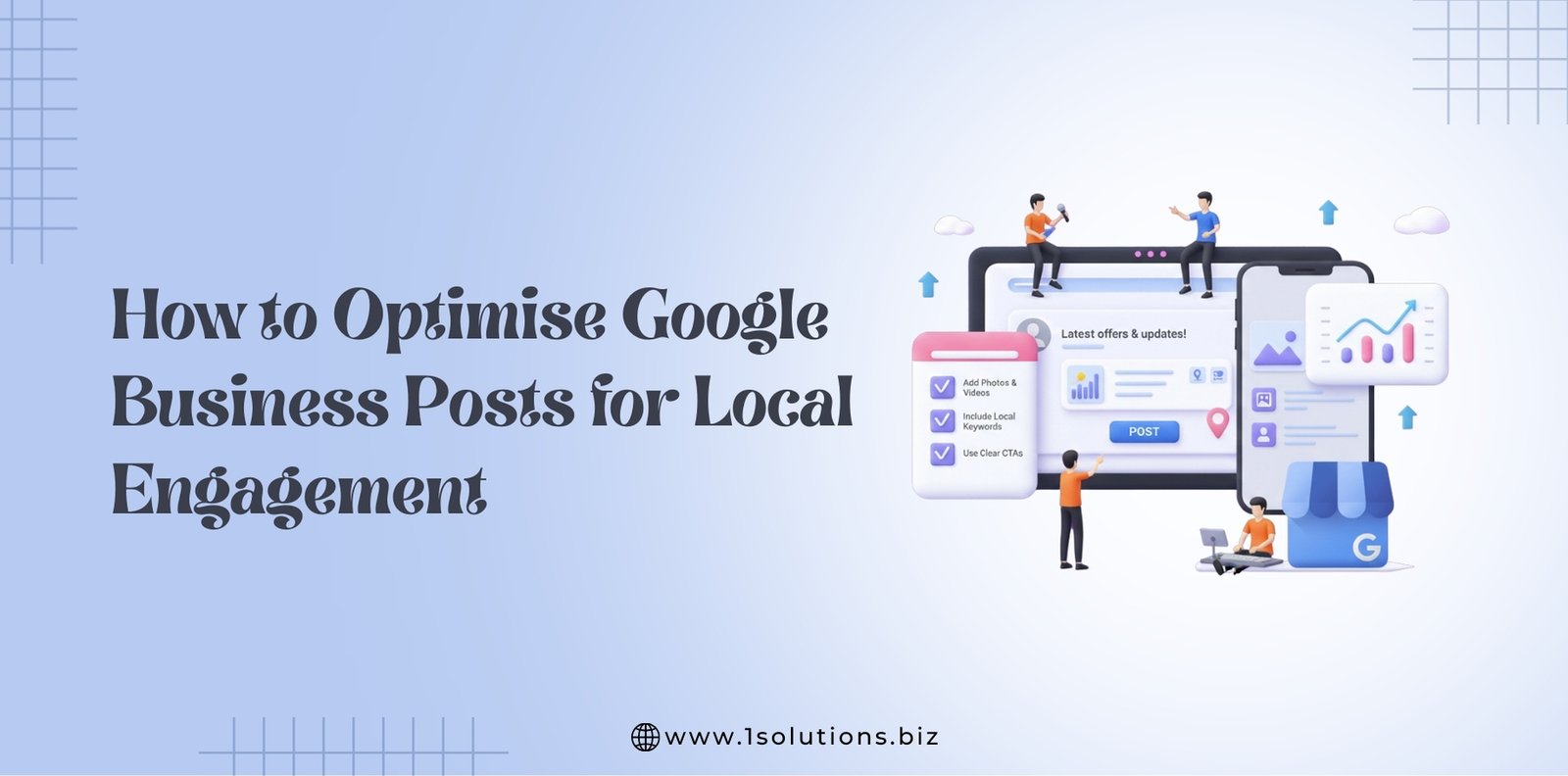




 in India
in India